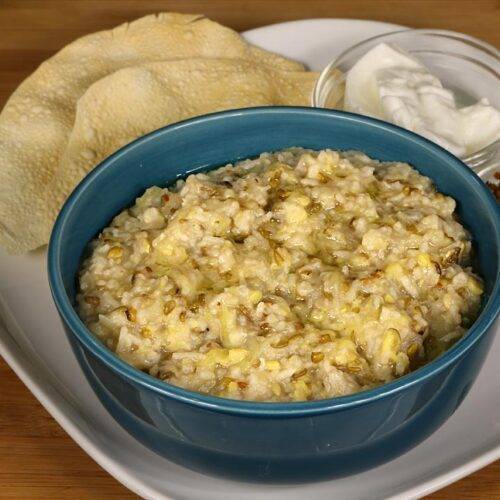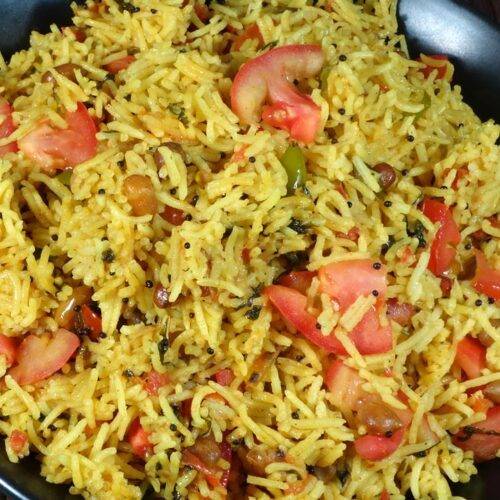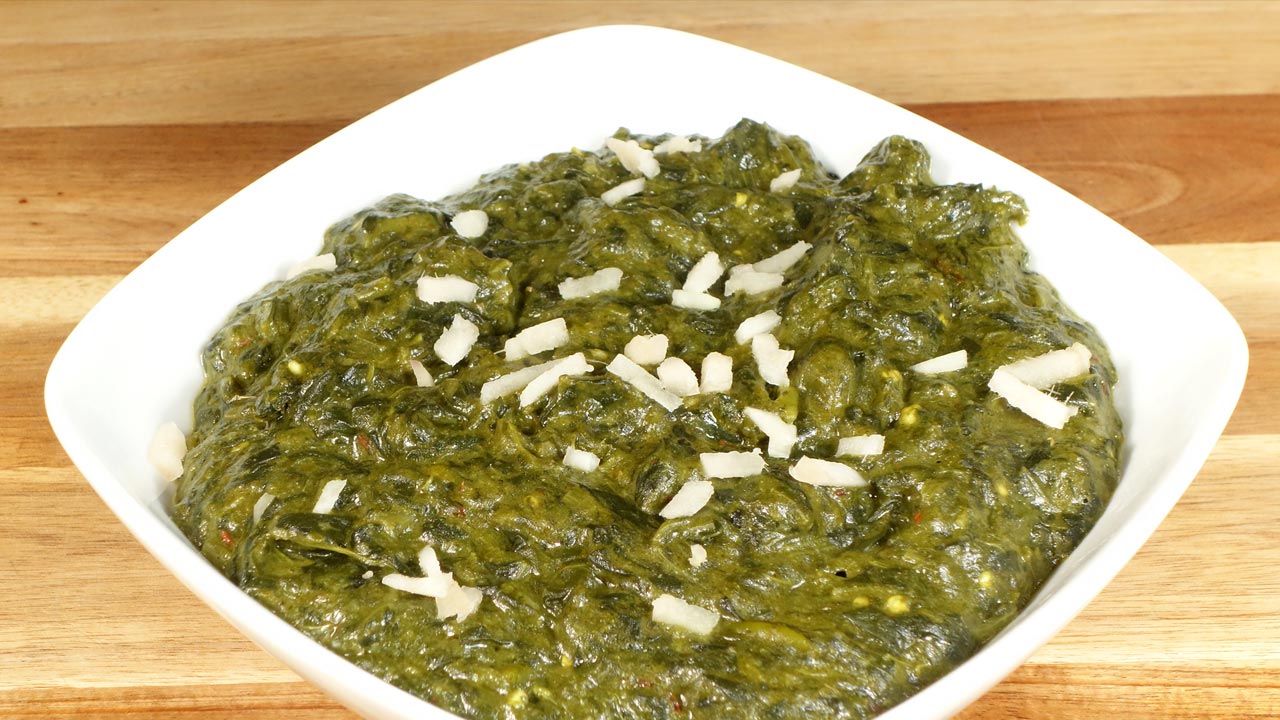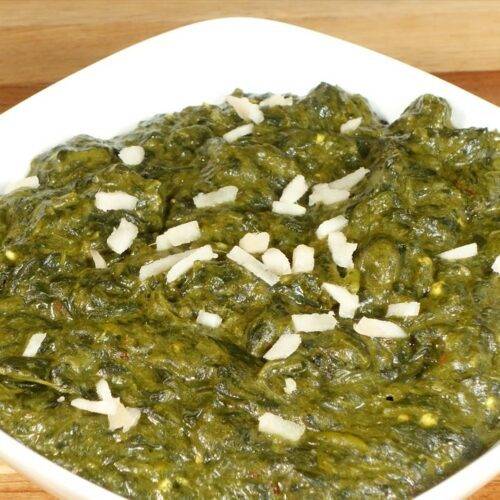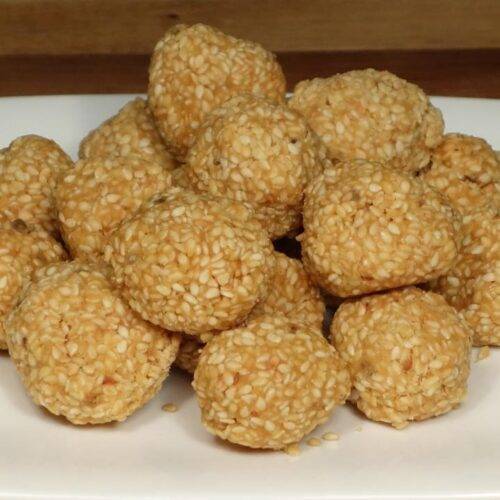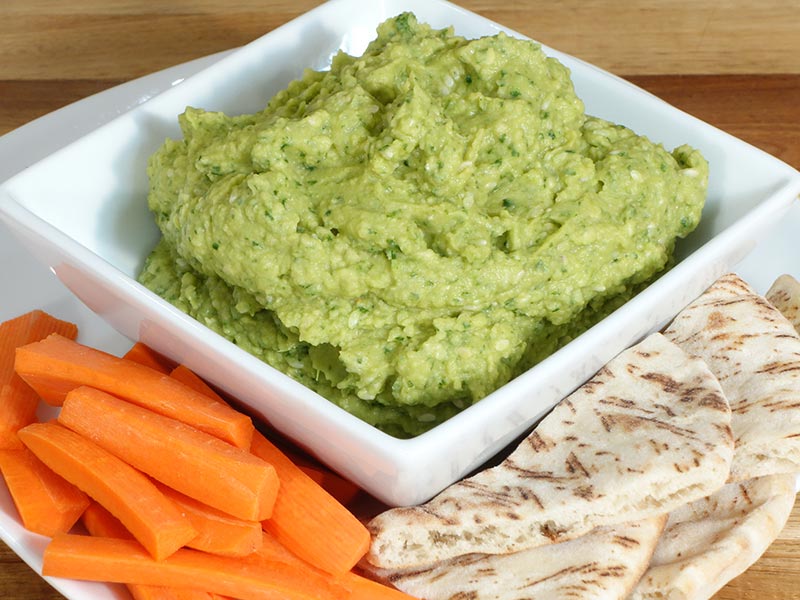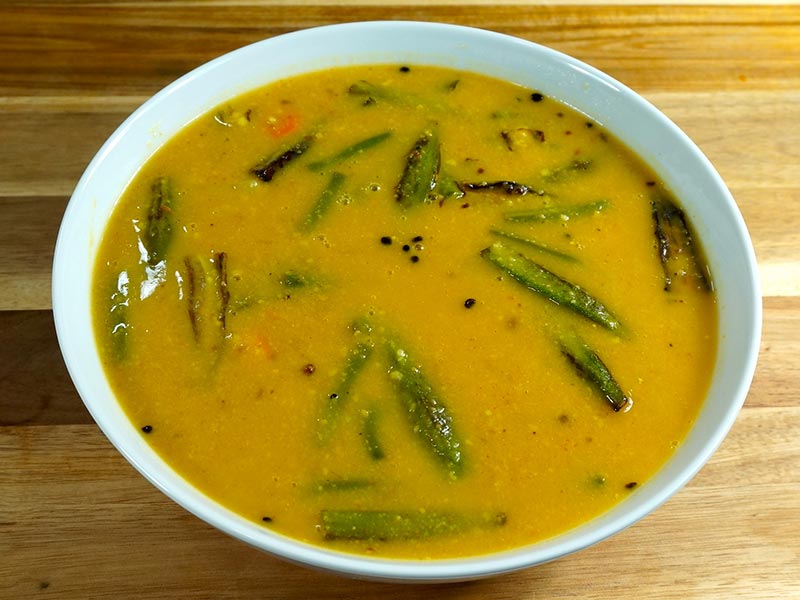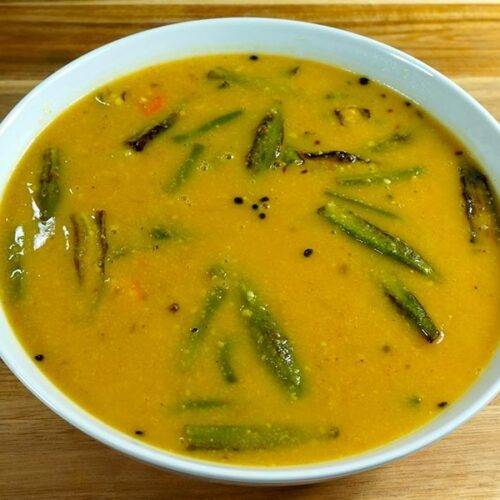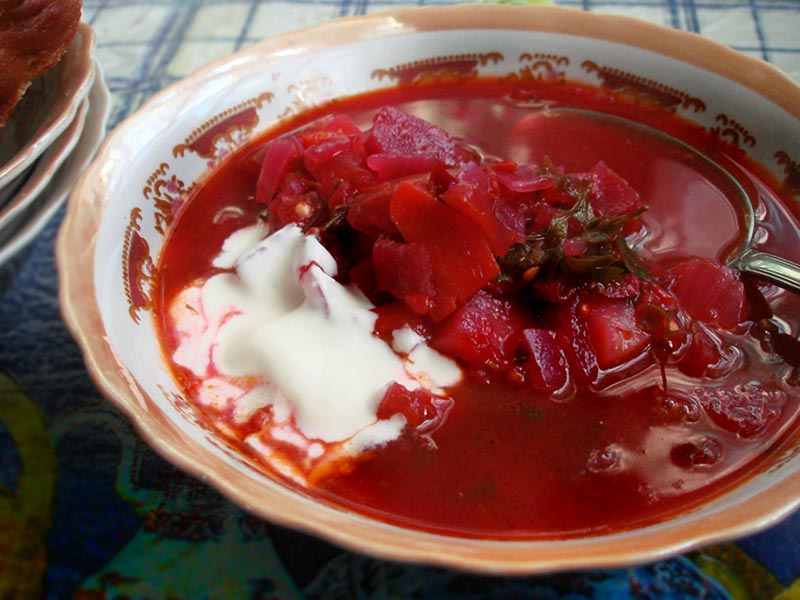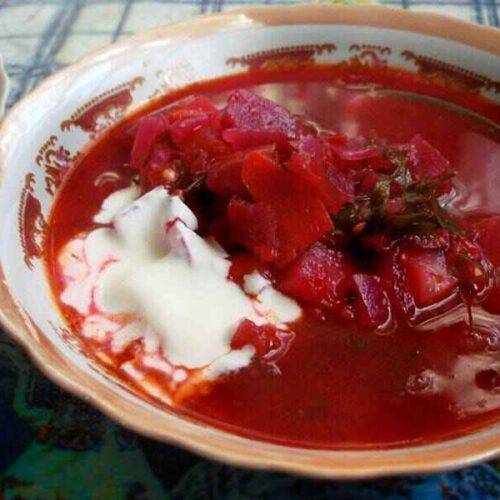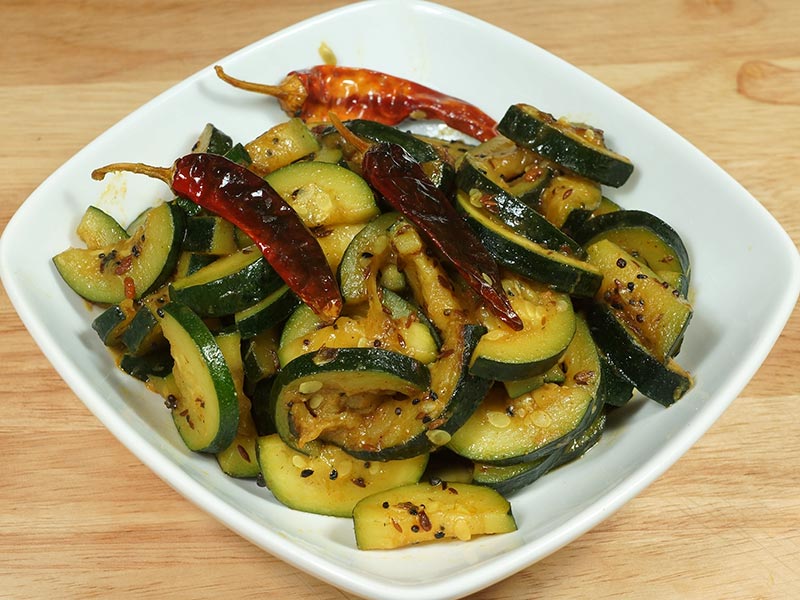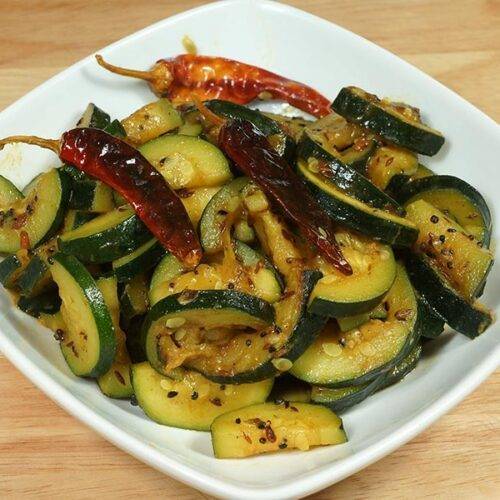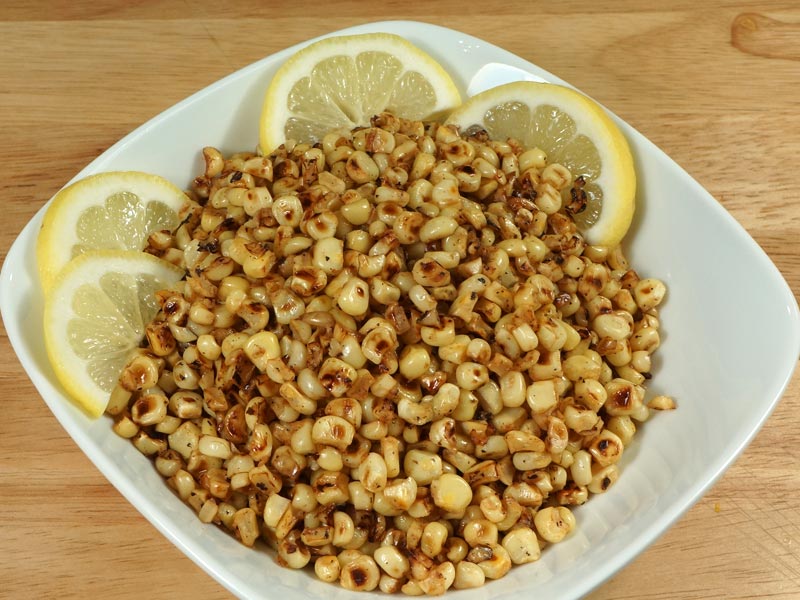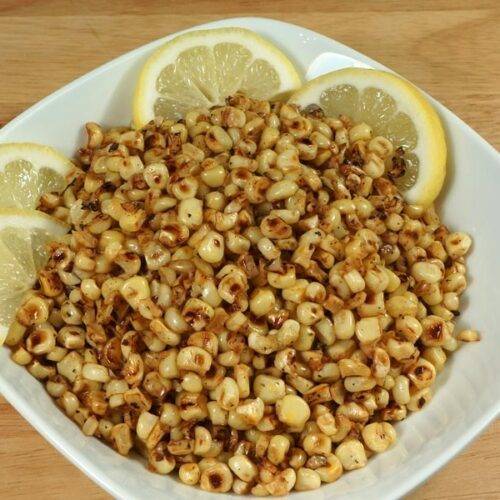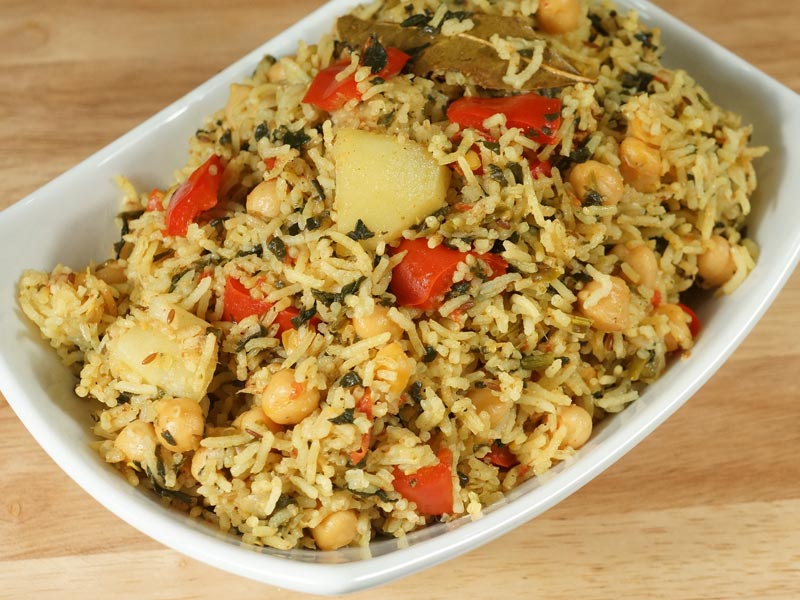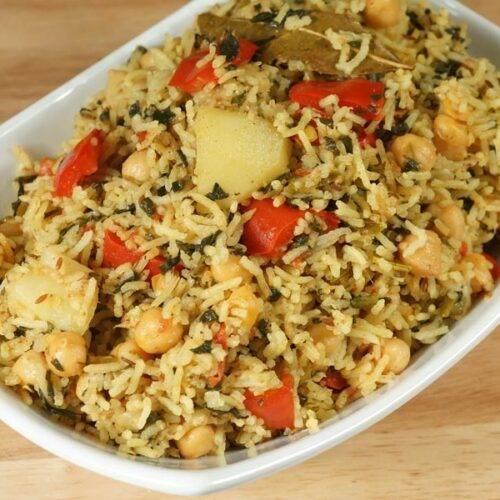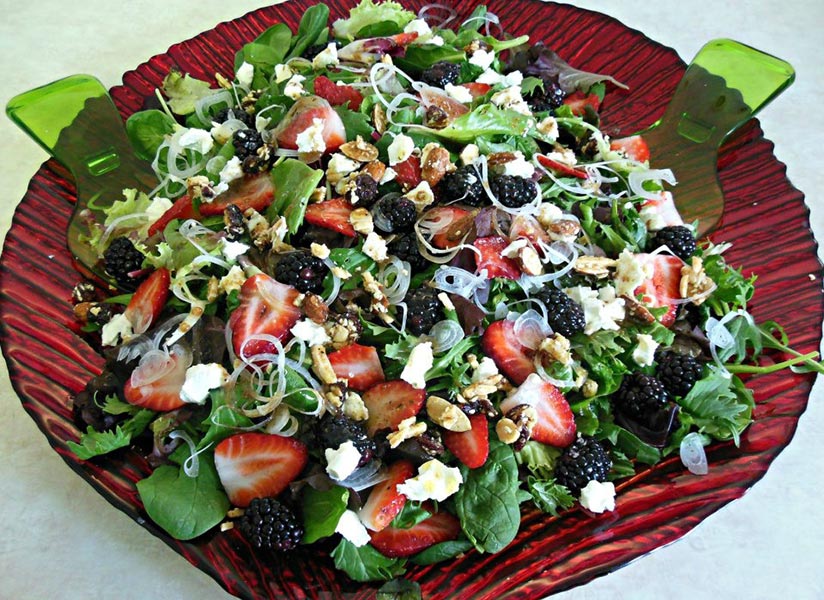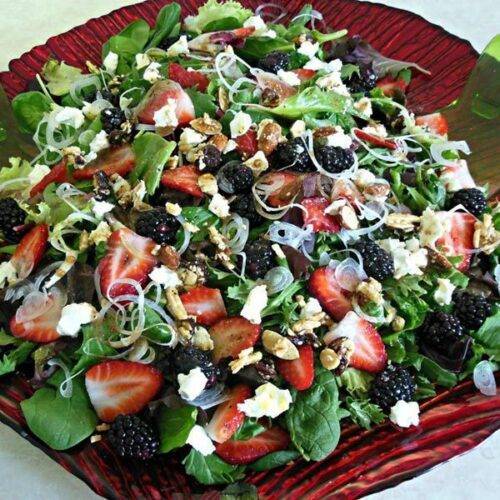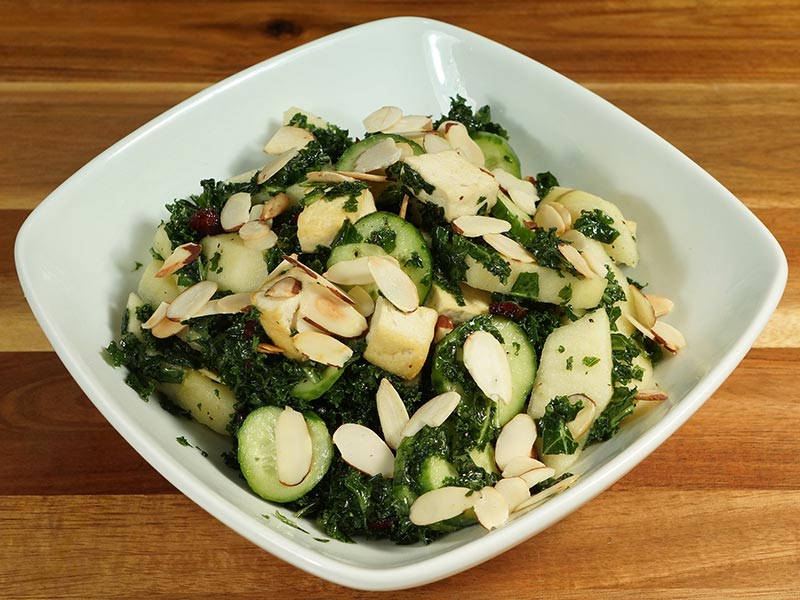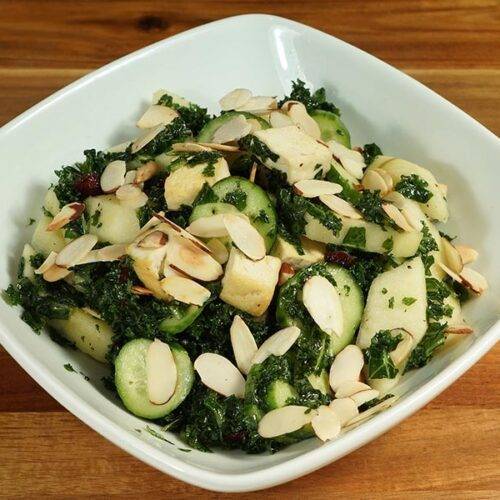Moong Dal Khichdi
Ingredients
- ½ cup rice
- ½ cup moong dal
- 2 cup shredded opus also known as bottle guard, laucki or ghia, you can also use zucchini shredded with skin on
- 1 tablespoon clarified butter (ghee) if you are vegan replace the ghee with oil
- 1 teaspoon cumin seeds (jeera)
- 1/8 teaspoon asafetida (hing)
- 1-1/4 teaspoon salt
- 2 teaspoon ginger finely grated (adrak)
- 3-1/2 cups water
For serving
- 2 tablespoons hot clarified butter (ghee) optional
Instructions
- Wash and soak the rice and moong dal in about 3 cups of water for at least 15 minutes. Drain the water and set aside.
- Heat the clarified butter in a pressure cooker over medium high heat. When butter is moderately hot, add cumin seeds and asafetida. After the seeds crack add all the other ingredients for khichdi and stir.
- Close the pressure cooker and seal the exhaust, or put the weight.
- After the pressure cooker start steaming lower the heat to medium and cook for about 7 minutes.
- Turn off the heat and wait until steam has stopped before opening the cooker.
- Mix the khichdi well, dal and rice should be very soft, little mushy. Consistency of the khichdi should be like runny dough. Note: as khichdi cools will become little thick. If needed add boiling water too adjust the consistency of your liking.
- Traditionally hot butter is poured over khichdi before serving, serve hot.
- Serve the khichdi with pickle, yogurt and papdam.
Delicious Moong Dal ki Khichdi Recipe: An easy step by step preparation
Moong dal ki khichadi is a traditional gluten free, low fat, quick & easy Indian dish renowned for its simplicity, versatility, and nutritious profile. At its core, it comprises moong dal (split mung beans) and rice, which are cooked together to create a wholesome and satisfying meal.
-
Thoroughly Washing and Soaking for Flavorful Moong Dal Ki Khichdi
Commence the culinary journey of crafting the perfect moong dal ki khichdi by meticulously washing and soaking the rice and moong dal in approximately 3 cups of water for a minimum duration of 15 minutes. This essential step ensures that the grains imbibe adequate moisture, crucial for achieving the desired texture and taste in the moong dal khichdi. Post-soaking, meticulously drain the water and set the rice and dal aside, ready to absorb the aromatic flavors awaiting them.
-
Tempering the Spices: Elevating Flavor Profiles in Split Moong Dal Khichdi
In a heavy-bottomed pressure cooker, elevate the culinary experience by heating clarified butter over medium-high heat until it reaches an optimal temperature. Once sufficiently heated, introduce the fragrant duo of cumin seeds and asafetida into the glistening butter, allowing them to sizzle and release their captivating aromas. As the seeds crackle, gracefully incorporate all the other ingredients essential for crafting the quintessential moong dal khichadi, ensuring each component contributes to the symphony of flavors that define this revered dish.
-
Pressure Cooking: Sealing and Culinary Alchemy in split Moong Dal Khichdi
Embrace the essence of culinary alchemy as you tightly seal the pressure cooker and ignite the flames of anticipation by activating the exhaust or positioning the weight atop. As the pressure cooker builds momentum and begins to emit a gentle stream of steam, revel in the anticipation of the transformative process unfolding within, signifying the metamorphosis of simple ingredients into a tantalizing ensemble known as dal khichadi.
-
Cooking Under Pressure: Nurturing Texture and Flavor in split Moong Dal Khichdi
With the pressure cooker exuding a gentle hiss of anticipation, regulate the heat to a medium setting and allow the dal khichadi to undergo its metamorphosis for an approximate duration of 7 minutes. This judicious cooking period fosters the delicate interplay of flavors and textures, ensuring that the rice and dal emerge soft and supple, a testament to the culinary prowess employed in crafting this illustrious dish.
-
Releasing Pressure: Embracing Tradition and Consistency in Dal Khichadi
Upon completion of the cooking process, gracefully relinquish the pressure cooker from its duties and patiently await the cessation of steam before venturing to unveil the treasure concealed within. As the lid is lifted, marvel at the amalgamation of flavors and textures that greet your senses, each spoonful promising a symphony of sensations that define the essence of moong dal khichadi. With gentle, yet deliberate strokes, ensure the khichdi is thoroughly mixed, allowing the rice and dal to meld seamlessly and attain a consistency akin to that of runny dough, a hallmark of culinary perfection.
-
Adjusting Consistency: Fine-tuning Your Moong Dal Khichadi Masterpiece
Should the need arise, exercise culinary finesse by judiciously adjusting the consistency of the khichdi to suit your preferences. Introduce boiling water in measured increments to achieve the desired thickness, bearing in mind that as the dal khichadi cools, it may undergo a slight thickening process, necessitating preemptive measures to maintain its impeccable texture throughout.
-
Serving Tradition: Enhancing Flavor and Tradition with Hot Butter
Stay true to tradition and honor the heritage of moong dal ki khichdi by drizzling a generous portion of piping hot butter over the sumptuous ensemble before serving. This timeless practice not only imbues the dish with an additional layer of richness and flavor but also pays homage to the culinary customs and traditions that have stood the test of time, enriching the dining experience and elevating it to an unparalleled level of indulgence.
-
Serving Suggestions: Completing the Culinary Odyssey of Moong Dal Khichdi
Embark on a culinary odyssey of unparalleled flavor and indulgence as you savor each spoonful of the meticulously crafted moong dal khichdi. Accompany this gastronomic delight with an assortment of tangy pickle, creamy yogurt, and crispy papadum, each element serving to enhance and complement the nuanced flavors and textures of the dish. Let every bite be a testament to the culinary ingenuity and mastery that have culminated in the creation of this timeless masterpiece, a feast for both the senses and the soul.
If you loved our moong dal ki khichdi then you must also check out our other variants of Rice: Vegetable Biryani, Masala Khichdi, Chhole Biryani, Quinoa Vegetable Pilaf and Lemon Rice.


